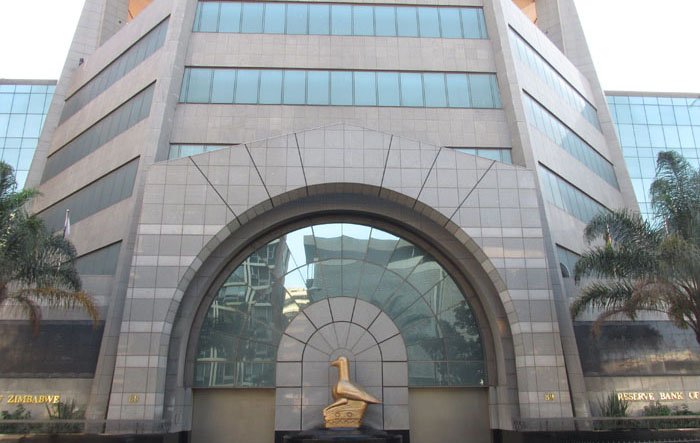31 micro-finance institutions close shop
A TOTAL of 31 Microfinance Institutions (MFIs) were closed down in 2020 due to viability concerns and shocks induced by the Covid-19 pandemic.
The MFIs sector, which plays a critical role in promoting access to finance to the marginalised segments such as small and medium enterprises, ended 2020 with 209 credit-only institutions and eight deposit-taking institutions.
In the 2021 monetary policy statement, Reserve Bank of Zimbabwe (RBZ) Governor, Dr John Mangudya said the performance of the micro-finance sector was last year subdued due to the disruptive effects of the Covid-19 pandemic.
“A total of 31 micro-finance institutions ceased operations during the course of 2020 citing viability challenges arising from constrained funding and low business volumes compounded by the Covid-19 pandemic,” said Dr Mangudya. He could not disclose the names of affected entities.
“The ‘high-touch’ business model adopted by a number of micro-finance institutions, which entails physical visits and meetings with clients, presented challenges during the Covid-19 pandemic with respect to disbursement of loans and collections of repayments.”
Despite subdued performance during the period under review, the deposit-taking MFIs sub-sector remained generally stable and resilient.
“All the six operating deposit-taking MFIs were compliant with the minimum regulatory capital requirement of ZW$5 million.
“The aggregate capitalisation levels for the deposit-taking MFI sub-sector improved as reflected by a 74,2 percent increase in core capital from ZW$300,98 million as at 30 June 2020 to ZW$524,2 million as at 31 December 2020,” said Dr Mangudya.
The increase was largely attributed to organic capital growth coupled with fresh capital injections in the relatively new deposit-taking MFIs.
Economic analyst, Mr Peter Mhaka, said going forward inflationary pressures were expected to recede and the MFIs sector would become stronger and be able to play its role in economic development.
“Having a total of 31 institutions closing down operations within a year is a big number. The closure is largely attributable to the haemorrhage, which the sector is going through as a result of the economic climate prevailing in the country on the back of the public health crisis (Covid-19 pandemic),” he said.
“We are hopeful that going forward through various interventions that the monetary authorities are seized with, the MFIs sector will emerge from the woods much stronger than never before.”
Mr Mhaka said once the Covid-19 pandemic is contained there would be high appetite from the development finance institutions to provide the local MFIs with capital for on-lending.
“We have seen this happening before where local MFIs have managed to access on-lending capital from development finance institutions. So, by and large, it is something that we expect to see happening once the environment improves,” he said.
The deposit-taking MFIs sub-sector recorded a 138,9 percent growth in total loans from ZW$134,3 million to ZW$320,9 million during the half year ended 31 December 2020. Credit risk as measured by portfolio at risk ratio improved from 17 percent to 6,5 during the same period.
The improvement was due to relaxation of Covid-19-induced restrictions, which enabled clients to resume operations as well as enhanced collection efforts by deposit-taking MFIs.
“Total deposit-taking MFIs sub-sector deposits increased by 187,8 percent, from ZW$83,1 million as at June 30, 2020 to ZW$239,1 million as at 31 December 2020.
“There is still need for the sub-sector to grow its deposit base to sustainable levels,” noted Dr Mangudya.
He said the sub-sector’s earnings performance for the year improved as evidenced by the improvement in operational self-sufficiency and return on equity ratios.
Aggregate deposit-taking MFI sector profits for the year under review amounted to ZW$140,5 million, representing a seven times increase from ZW$17,4 million reported for the corresponding period in 2019.
The growth was largely driven by revaluation gains on investment properties.
“Operational self-sufficiency and return on equity ratios improved from 122,6 percent and 9,5 percent to 128,1 percent and 9,7 percent respectively,” said Dr Mangudya.
The sector’s outreach as measured by the number of active clients marginally improved by 3,6 percent from 128 535 as at June 30, 2020 to 133 148 as at December 31, 2020.
“The marginal growth is attributed to the impact of Covid-19 lockdown measures, which have restricted economic activity of small and medium enterprises and individual business that are the target segments for deposit-taking MFIs,” he said. —chronicle.co.zw










